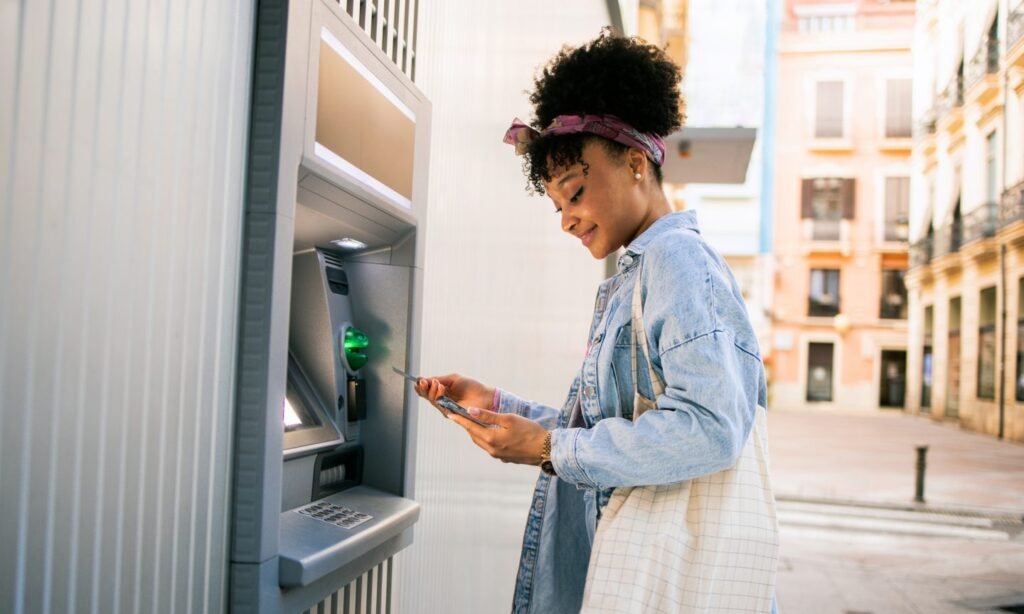A recent BW survey revealed that nearly 59% of Americans with financial accounts have more money saved now than they did a year ago. However, many are missing out on potential interest earnings due to low rates at brick-and-mortar banks. The survey also highlighted the importance of online access and fee-free ATM networks to banking customers, with many prioritizing these features.
While some banking customers still prefer physical branches and in-person customer service, others are turning to online-only banks for higher interest rates. It is essential for consumers to evaluate their current accounts and consider what features are most important to them. This can help determine if it’s time to explore new banking options that better meet their needs.
Despite the rise of online-only banks, brick-and-mortar banks remain popular among Americans, with many citing reasons such as convenient online services, local bank preference, and in-person customer service. For those who value cash deposits and large withdrawals, a brick-and-mortar bank may be the best choice. However, it’s always worth comparing rates to see if an online bank with higher interest rates could be a better fit.
In conclusion, consumers should assess their banking needs and compare rates to ensure they are maximizing their savings potential. Whether choosing a brick-and-mortar or online-only bank, it’s important to prioritize features that align with individual preferences and financial goals. Online-only banks typically offer significantly higher interest rates compared to traditional brick-and-mortar banks. For example, as of September 2024, some high-yield savings accounts at online-only banks are offering interest rates around 5%, while the national average APY stands at just 0.46% as of August 2024, according to the Federal Deposit Insurance Corporation.
If you have $10,000 in savings, a 5% APY would earn you $512 in interest after one year, whereas a rate of 0.46% would yield only $46. Over five years, the interest earned would amount to $2,834 and $233, respectively. By utilizing a compound interest calculator, you can visualize the impact of a higher interest rate on your savings balance. While rates are subject to change, online-only banks have consistently offered better savings account interest rates compared to traditional banks.
Switching banks may seem like a hassle, but it can lead to substantial savings. If switching banks is not feasible, consider diversifying your accounts by using an online-only savings account with higher interest rates for savings and a brick-and-mortar bank for daily expenses.
Interest rates play a crucial role in the decision to open new savings accounts. A survey revealed that 9% of Americans changed their primary bank in the past year, while 12% opened a savings account at a new bank. The primary reason for opening a new account was the higher savings account interest rate offered by the new bank (36%), followed by promotional bonuses (32%).
When considering opening a new bank account, it is essential to evaluate various factors such as interest rates, fees, customer service, location, and accessibility. While promotional bonuses are attractive, ensure that the new bank aligns with your financial needs and goals. Choosing a bank that offers high interest rates, promotional bonuses, and convenient access to financial products can support your financial well-being.
The survey conducted by The Harris Poll on behalf of BW gathered insights from 2,095 U.S. adults aged 18 and older, with 1,996 having financial accounts. The data has a sampling precision of +/- 2.5 percentage points with a 95% confidence level. For complete survey methodology details, please contact [email protected].
Disclaimer: The information provided in this article is for informational purposes only. BW does not guarantee the accuracy, reliability, or completeness of the content. Use the information at your own risk. The article’s contents should not be construed as indicative of BW’s future performance or that of its affiliates or subsidiaries. Forward-looking statements in the article involve risks and uncertainties. following sentence:
The cat is sitting on the windowsill.
The windowsill is where the cat is sitting.

